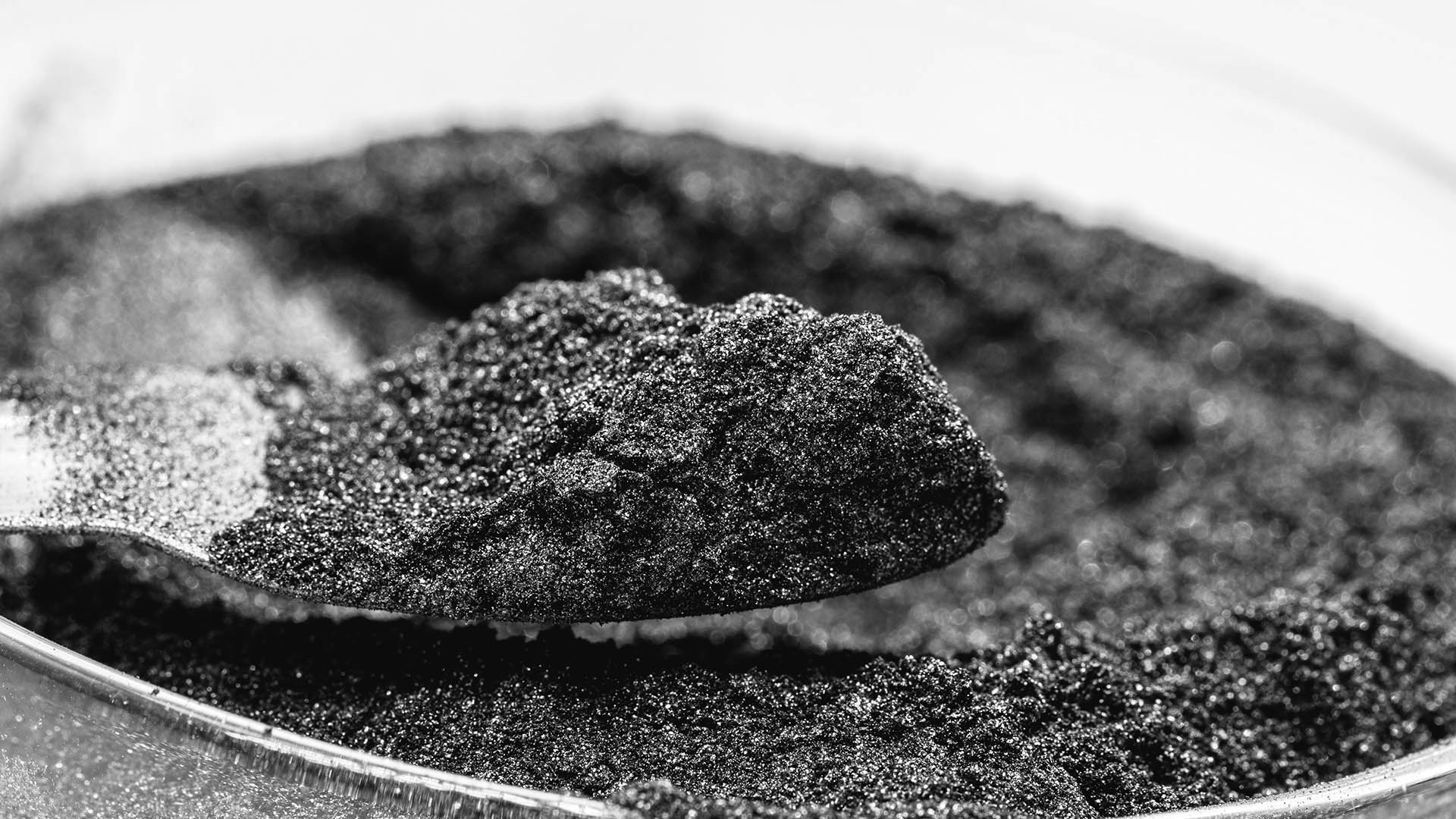Some analysis of the health of China’s depressed property sector in June attempted to suggest (almost desperately) that there was a hint of improvement in the data from the National Bureau of Statistics.
Even though most property measures were still down by between 10% and more than 20%, this analysis suggested that because a couple of the declines in June were unchanged from May, it indicated an early sign that the government’s haphazard support measures were starting to work.
Further undermining the claims of improvement was production data on steel reinforcing bars for the six months to June, which showed a sharp decline and confirmed there was no sign of improvement in one of the two major outlets for rebar.
The media analysis claimed that the unchanged monthly new home price decline in June from May was a small positive, as was the unchanged fall in property investment for the same month.
However, the size of the unchanged declines was still at levels not seen for a decade, undermining the weakness of the analysis and highlighting the depth of the current slump.
That analysis is nonsensical, as two key figures underline. Firstly, China’s National Bureau of Statistics reported that new home prices in 70 cities fell 4.5% year-on-year in June, steeper than May's 3.9% fall. It was the 12th consecutive month of decrease and the fastest pace since June 2015, despite Beijing's efforts to mitigate the impact of the prolonged property crash and feeble economic recovery. Prices were down 0.7% in June, unchanged from May. This was again the equal steepest monthly fall since 2014.
Property investment in China fell 10.1% in the first half of 2024 compared to a year earlier, matching the 10.1% slide in January-May. Although this was seen as a plus, it was simply the 28th month in a row of weakening property investment. Data from the National Bureau of Statistics (NBS) showed that property sales by floor area in January-June fell 19.0% from a year earlier, deeper than the 20.3% slump in January-May.
New construction starts, measured by floor area, fell 23.7% year-on-year, after a 24.2% drop in the first five months.
Funds raised by China’s property developers were down 22.6% from a year earlier, following a 24.3% fall in January-May.
Citi analysts expect the government to announce another round of property-supporting measures after a meeting of the Politburo, the top decision-making body of the ruling Communist Party, expected later this month.
In May, Chinese authorities allowed local state-owned enterprises to buy unsold completed homes, and the central bank set up a 300 billion yuan re-lending loan facility for affordable housing.
However, this amount is woefully small compared to the trillions of dollars in corporate and consumer debts related to housing that still hang over the market.
Nothing more substantial is expected from the Plenum meeting this week—a key five-year meeting of Chinese Communist Party officials that started on Monday—or from the Politburo meeting in a week or so.
Western analysts believe pressure on prices will remain as developers and homeowners slash prices to offload homes, and state banks lend more money to indebted developers to help them stay afloat.
The latest production figures show that rebar output dropped 11.7% in the six months to the end of June to 102.4 million tonnes, according to figures released by the National Bureau of Statistics this week. Rebar output in June alone was down 10.2% to 18.2 million tonnes, though this number represented a 1.4% gain from May. Total finished steel output across China rose 3.2% to 125.5 million tonnes last month. Reflecting the slump in property and demand, prices for rebar are down 15% since their most recent peak in late January and 43% since their peak in October 2021. Activity in construction in June fell to its 2024 low, indicating what lies ahead for the sector for the rest of the year. Chinese analysts expect steel mills to cut rebar output in the current quarter due to the price and production slide seen so far this year.














